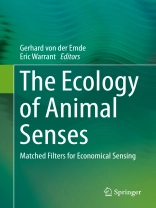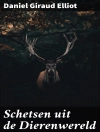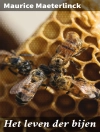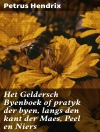The collection of chapters in this book present the concept of matched filters: response characteristics “matching” the characteristics of crucially important sensory inputs, which allows detection of vital sensory stimuli while sensory inputs not necessary for the survival of the animal tend to be filtered out, or sacrificed. The individual contributions discuss that the evolution of sensing systems resulted from the necessity to achieve the most efficient sensing of vital information at the lowest possible energetic cost. Matched filters are found in all senses including vision, hearing, olfaction, mechanoreception, electroreception and infrared sensing and different cases will be referred to in detail.
Table des matières
Introduction: sensory ecology and matched filters.- Energetic costs of neural tissue and its role in the evolution of sensory organs.- Visual matched filtering in arthropods.- Visual matched filtering in vertebrates.- Auditory matched filtering in invertebrates.- The ecology of olfaction.- The ecology of mechanoreception.- Magnetoreception.- Ecology of infrared sensing.- Matched filtering in two senses of one animal: partitioning of environmental sensing in African weakly electric fish.- The ecology of (active) whisking.
A propos de l’auteur
Prof. Gerhard von der Emde, University of Bonn, Germany Prof. Eric Warrant, University of Lund, Sweden












